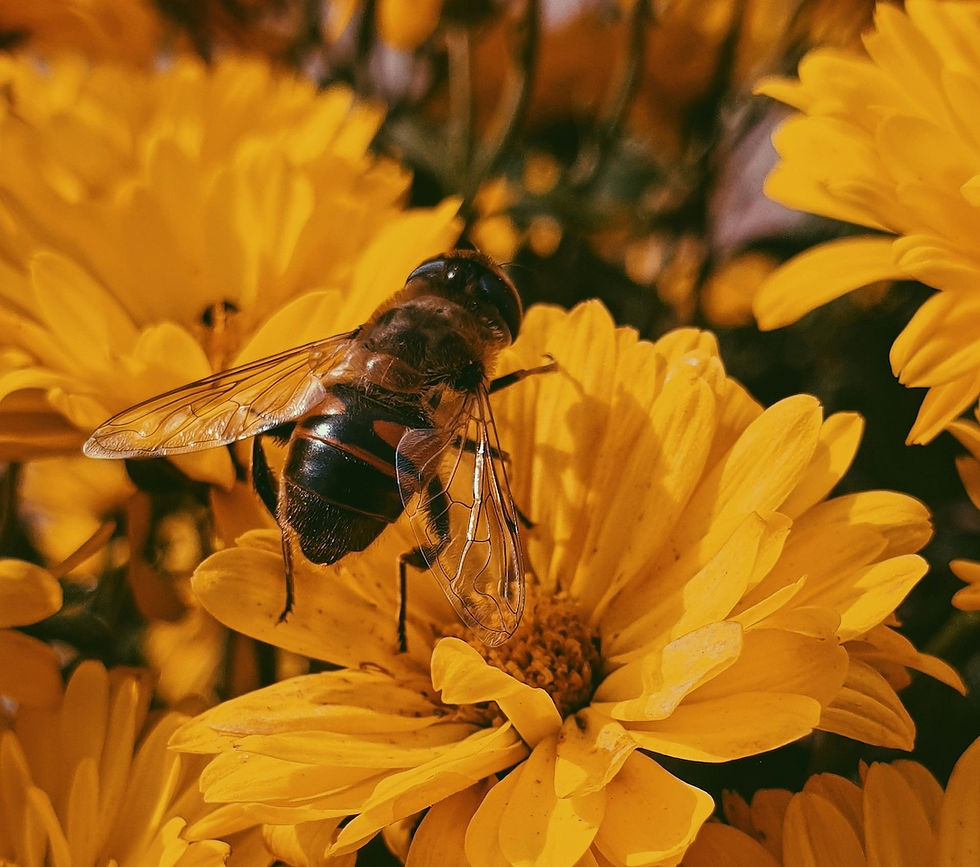
LAND
Insect Collapse: Alarming 72.4% Population Decline in Remote Wilderness in Colorado, 20 year study says
Insect Collapse: Alarming 72.4% Population Decline in Remote Wilderness in Colorado, 20 year study says

A 20-year study in Colorado has revealed a dramatic decline in flying insect populations even in areas far from human activity. Researchers monitoring insects in remote wilderness sites found that the number of flying insects has dropped by more than 70 percent since the study began, highlighting a serious ecological concern.
Insects of the study subjects:
Diptera (flies) – many small flies, gnats, midges
Hymenoptera (wasps, bees, some small flying ants) – mostly pollinators
Lepidoptera (butterflies and moths) – mainly smaller species present in the meadows
Coleoptera (beetles) – only the flying beetles were counted, not ground-dwelling species

The decline occurred in locations largely untouched by urban development, agriculture, or pesticide use, which are commonly associated with insect losses. Because these human pressures were minimal, the researchers concluded that rising summer temperatures were the most likely driver. Warmer summers, consistent with climate change trends, can disrupt insect development, reproduction, and survival.
While climate change is strongly implicated, the researchers do note that ecosystems are complex. Other factors such as long-range pollution or invasive species could play minor roles, but the magnitude of the decline in these protected areas strongly points to temperature increases as a key factor.
Insects play a crucial role in ecosystems. They pollinate plants, recycle nutrients, and serve as food for birds, mammals, and amphibians. A loss of more than 72.4 percent could have cascading effects throughout food webs and ecosystem stability.
This study demonstrates that climate change can impact even the most protected wilderness areas. Preserving natural habitats alone is not enough to prevent ecological collapse. Global efforts to mitigate climate change are essential to protect insects and the broader ecosystems that depend on them.

Sources:
Sockman, K. W., & colleagues. (2025). Climate-driven decline of flying insects in Colorado’s remote wilderness: A 20-year observational study. Ecosphere, 15(9), e4620. https://doi.org/10.1002/ecs2.4620
Sustainability Times. (2025, September 22). 72% of insects gone: Scientists discover climate change annihilating life in Colorado’s most remote wilderness areas. https://www.sustainability-times.com/.../72-of-insects.../
ScienceDaily. (2025, September 22). Flying insect populations plummet 72% in Colorado wilderness, long-term study finds
#nature #environment #sustainable #sustainability #wilderness #insects #insectcollapse #biodiversity #globalwarming #climatechange #insectcollapse #colorado #ctdp #connectingthedotsproject #ecofriendly #protection #agriculture #pesticide #pollinators #nutrients #ecosystem #ecologicalcollapse

